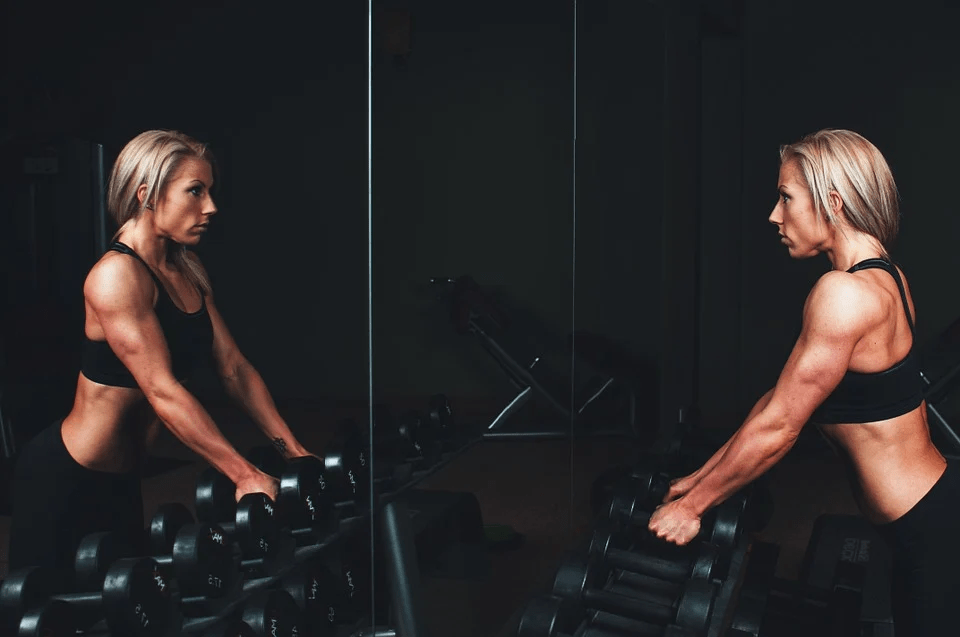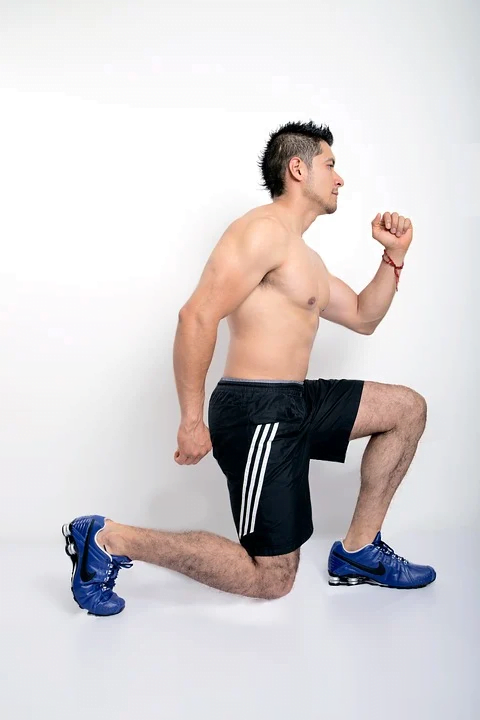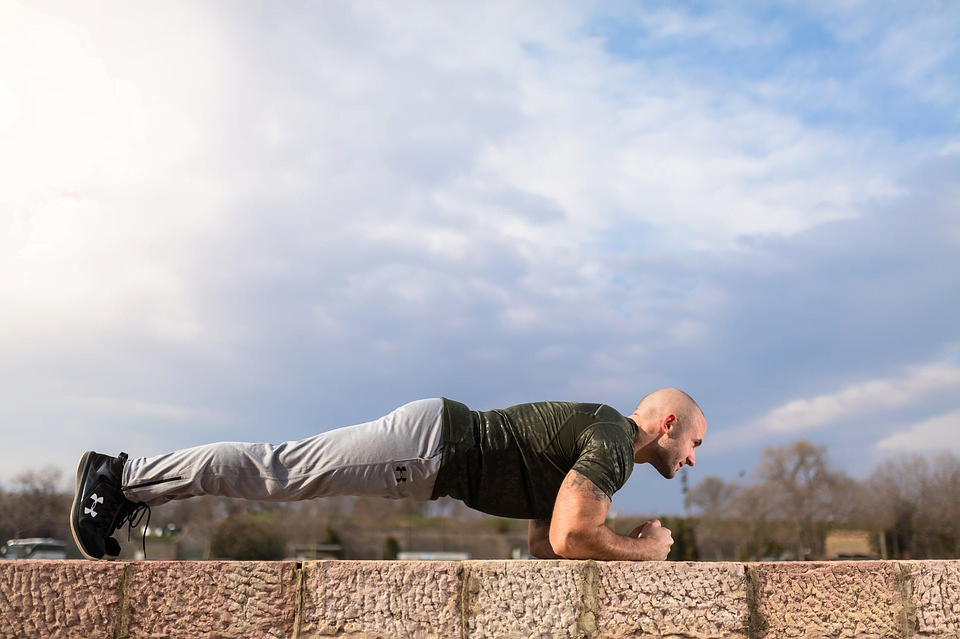Given the boom in the number of fitness influencers and the ton of challenges doing the rounds (handstand challenge, plank challenge, and the ‘you-name-it-it’s-there’ challenge!), it’s quite safe to say that the world is getting increasingly fitness conscious. The food industry is catering to this sudden spurge in fitness enthusiasm (and making quite a tidy profit) but more importantly, so is technology.

If you’ve been working out for a while now, you know just how many options are available to get those washboard abs. After HIIT, FitBits and Chloe Ting, the latest revolution to take the fitness industry by storm is vibration technology. This new concept is finding its way into many products and many companies, from sit-on vibrating platforms to platforms big enough to stand on! Many companies are also incorporating this technology into already-existing equipment to literally shake things up; you can now choose from vibrating foam rollers to even vibrating pants for workouts!
What are the benefits of vibration plate machines? Is there just unnecessary hype surrounding them? Will adding a vibration plate to your workout step it up a notch? If so, what are the best exercises to do on a vibration plate machine? We cover all that and more in this article, so read on!
A Little Bit about Vibration Plate Machines
Originally used in the 1960s to help preserve muscle mass and bone density of the Soviet astronauts, vibration plate machines found their way into fitness, with the likes of Mark Wahlberg and Madonna singing their praises. These machines vibrate at an extremely rapid frequency and high intensity (think almost like a jackhammer!), forcing users’ muscles to contract in order to counter the vibration, burning calories to do so. Additionally, in order to maintain your balance while your muscles go from contracting to pulsating, you’ll have to engage just about every muscle group available!

In fact, vibrating for fitness is not a new concept (remember vibrating belt machines?) but whole body vibration (WBV) has been a rediscovery, which is what vibration plate machines aim to do. This can be at the rate of high intensity 30 to 50 shakes per second, really pushing your muscles to work in order for you to stay on your feet.
Benefits of Vibration Plate Machines
The benefits of vibration plate machines are as follows:
- Helps improve mobility, balance and muscle endurance
- Helps muscles recover faster and reduce delayed-onset muscle soreness (DOMS)
- Improves the range of motion
- Decreases lactate levels
- Increases the recovery levels of the heart rate after exercising/workouts
- Helps in sustainable weight loss by decreasing visceral fat and increasing lean muscle mass

Vibration Plate Machine Exercises
First things first—just getting on a vibration plate machine and standing on it will not give you the aforementioned results! Yes, you’ll burn a few calories trying to stay upright, but any serious weight loss, improvement in mobility and endurance will only occur if you combine vibration plates with exercises. Vibration plate machines are meant to be used with traditional exercises.
However, anything that bears doing needs to be done right, and exercises on a vibration plate machine are no exception. Here’s a list of 7 killer vibration plate machine exercises and how to get them right!
Isometric Squats
Squats are a great way to work your glutes, thighs, and if you’re doing it right, your core too. Additionally, they’re relatively easy, making them great for beginners, but with the right additions (such as a vibrating plate!), they can give even the experienced folks quite a workout. In fact, many people deem squats the ideal exercise for the vibration plate.

For the most effective workout, stand on the vibrating plate machine with your feet firmly grounded. Stand at the plate’s center and perform squats as you normally would. The first few times you may be occupied with just balancing, so it might be a good idea to hold onto something steady, like a bar or a stable surface.
Another way to do it is to hold the squat position for at least 30-60 seconds, take a few seconds off in between and go back to it for a couple more rounds. Whichever version you’re doing, remember that your feet should only be shoulder width apart.
Split Squats
Split squats work on the leg muscle groups, such as the calves, quads, glutes and hamstrings. Additionally, since you’re working with one leg at a time, you’ll be working on your balancing as well, a task that gets infinitely harder with a vibration plate machine!

To do a split squat, keep your left foot flat on the vibration machine and the ball of your right foot on the floor; you can hold onto the machine’s handle for stability. Keep inching your right foot back till you have a nice, long, collapsing stance, like in a normal reverse lunge. Bend both your legs simultaneously, stopping when your front thigh is parallel to the floor and your back knee a perfect 90-degree angle. Go back to your starting position—this is one rep. Do as many as you feel comfortable doing, and then switch legs.
Push Ups
One of the best ways to work your core, shoulders, arms, and chest (basically, your whole body!), push ups combined with a vibration plate machine are challenging yet totally worth the effort.

To do a push up on the machine, put your hands on the plate and extend your legs out behind you in the plank position. Ensure that your shoulders are right above your wrists and your feet and hands are holding you up, while your heels, hips and shoulders are in a straight line. Engage your core and start pushing up, lowering your chest towards the plate, and then push back up to the plank position. If you’re already superman/superwoman level, increase the difficulty by placing both your feet on a stability ball or step.
Planks
You don’t always need to do a push up; planks are almost as effective. Adding a vibration plate to the machine will really challenge your core, especially in keeping your balance. Place your forearms on the plate, shoulder width apart, and like the push up, ensure your body is in a straight line as much as possible. You could also do a high plank position and hold, if you wish.

However, this isn’t recommended for those who have previously suffered any lower-back injuries, as it could aggravate the situation.
Lunges
Another great exercise to perform using a vibration plate is a lunge. You can either put the front foot on the platform, the back foot, or start with both feet on the plate. If you’re a beginner, start with the front foot on the plate facing it, whereas advanced folks can try facing away from the plate with their back foot on it. For the extremely advanced folks, both feet on the vibration plate is the way to go!

Isometric Bent-Over Rows
A great workout for your lower and upper back, legs and arms, isometric bent-over rows can be done effectively using a vibration plate machine. You’ll need exercise straps that you can attach to the machine, though.
Start by standing on the platform with your feet together and a slight bend of the knees. Push your glutes out and fold forward from the hips, such that your whole body resembles an upside-down ‘L’. Your upper body should be almost parallel to the ground and your spine neutrally aligned. Pull your arms (and the straps) into your armpits and hold for 30-60 seconds. For a more challenging workout, increase the duration or stand on one leg.
Ab Balance
A great core workout, you can perform an ab balance by sitting on your vibration plate machine. Lift your feet off the ground and slightly lean back, so that you’re able to balance using your glutes and more importantly, your core! Initially, it’s okay to use your arms to balance and keep your knees bent; as you advance, you can aim to keep your legs as straight as possible, looking like a ‘V’ or the boat pose in yoga, and do away with using your arms. Hold the position for 30-60 seconds.
The Bottomline
With creativity and the right technique, there’s no end to the number of exercises you can perform using a vibration plate machine. Up and down planks, dolphin push ups, plank jacks, mountain climbers, Russian twists—the list goes on! Using a vibration plate machine is especially great for a core workout. Additionally, the fact that these machines were once used to increase bone density makes it a great machine to use for women, especially those in their postmenopausal period.
Remember to start slow, especially if you’re not used to intense workouts. If you have any injuries, especially in your lower back, ensure you consult a doctor or physiotherapist; the condition can degenerate given the intensity of the machine. It’s also a good idea to mix up light and heavy exercises, low and high-intensity workouts and strength training.
That apart, combine a healthy diet and a good dose of consistency with your workout on your vibration plate machine and you’re sure to see great results in time!